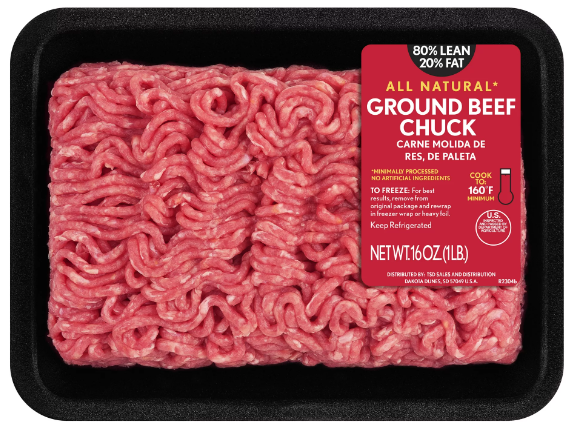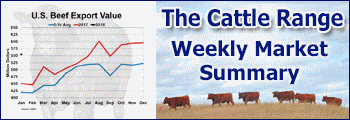The overall decline in beef production means that ground beef supplies will be smaller and prices higher going forward.
Derrell S. Peel, Oklahoma State University
Total beef production in the U.S. is down 5.2 percent year over year through the first three quarters of the year. Nonfed beef production includes beef from cows and bulls and makes up an average of 16 – 17 percent of total beef production over time. Nonfed beef production has averaged 16.5 percent of total beef production thus far in 2023 and is down 6.1 percent for the year to date.
Through the end of September, total cow slaughter is down 5.4 percent with a 4.4 percent increase in dairy cow slaughter partially offsetting a 13 percent year over year decline in beef cow slaughter. Cow carcass weights are down as well, averaging 3.8 pounds lighter this year compared to 2022. Bull slaughter is down 6.1 percent year over year through September and bull carcass weights are down by 5.6 pounds compared to one year ago. Bull beef makes up an average of 10 percent of total nonfed beef.
Nonfed beef is used for a variety of products including muscle cuts, sausage products and a wide variety of processed beef products but the largest use is for ground beef production. Nonfed beef is characterized by 90 percent lean trimmings (90s), which are combined with fatty trimmings from fed cattle, characterized by 50 percent lean trimmings (50s) to make ground beef. These trimmings are the basis for the majority of hamburger used for food service, especially quick service restaurants (QSR) and some retail grocery ground beef. Retail grocery ground beef often includes primal specific grinds, such as ground round, ground chuck, etc.

Fed beef production from fed steers and heifers includes 50 percent lean trimmings that are used for ground beef production. Fed beef production is down 4.8 percent year over year through September with steer slaughter down 5.3 percent and heifer slaughter down 1.8 percent year over year. Steer carcass weights are down 5.6 pounds and heifer carcasses are down 9.6 pounds compared to one year ago. This leads to a smaller supply of 50 percent lean trimmings. There are many ways to combine lean and fatty trimmings to produce ground beef. Prices for both 90s and 50s are currently higher year over year (Table 1). Table 1 shows the price of a typical ground beef reference price formulated as a 5:1 ratio of 90s to 50s that produces an 83.3 percent lean ground beef combination. The September ground beef price of $278.25/cwt. (Table 1) is a record price, slightly above the one-month pandemic spike in May 2020 that reached $277.76/cwt.
Domestic nonfed beef supplies are supplemented by imports of processing beef for ground beef production. As domestic processing beef supplies tighten up, beef imports are increasing, as expected. Total beef imports through September are up 5.4 percent year over year.
Ground beef is an important component of total U.S. beef consumption and is the inexpensive alternative that consumers increasingly turn to when beef prices rise. However, the overall decline in beef production means that ground beef supplies will be smaller and prices higher going forward.












